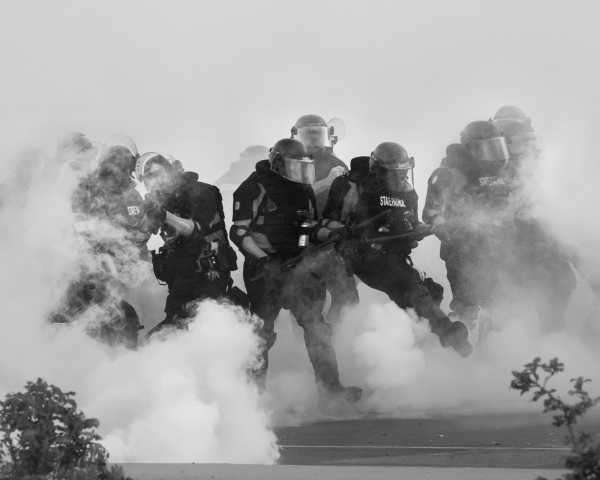
We grew up on disaster movies, and then when real disaster struck we talked about how much it seemed like a movie. Through the final decades of the last century and the first decades of the new one, Americans developed a strong taste for dystopia in popular entertainment. We imagined each scenario: the alien invasion, the zombie apocalypse, the ecological disaster, the viral outbreak. Maybe it was a sign of our privilege as the wealthiest nation in the history of the planet, an indication that we were entering our decadent phase. On flat-screen televisions or in vast multiplexes, with ten-dollar popcorn and chairs that recline into beds, we paid to imagine catastrophe. You know the images, because they’re so familiar: rising waters and raging fires, panicked dispatches on cable news, endless columns of vehicles lining the interstate as people flee, fighter jets streaking across the sky. These stories were told so often, and in such a paint-by-numbers way, that the visuals came to feel rote and cliché. The fact that so much of this imagery was computer-generated—and looked computer-generated—only enhanced the impression that the destruction was an apparition, that it wasn’t real.

The Minnesota National Guard responds to a protest following the murder of George Floyd, in Minneapolis, Minnesota, 2020.
Perhaps we imbibed these stories of imagined disaster so as not to look at the very real and intractable ills besetting our country. Or maybe we were drawn to the pantomime of apocalyptic destruction because we knew, in some conscious or unconscious way, that many of the myths undergirding this country were themselves just a fantasy—a set of lies we told ourselves about equality and opportunity, checks and balances, cops and perps. The United States has been prone, from its very origins, to self-deception. Maybe the reason we so readily gorged ourselves on images of chaos and destruction was due to some latent sense that, sooner or later, those lies would become unsustainable.
Sourse: newyorker.com






